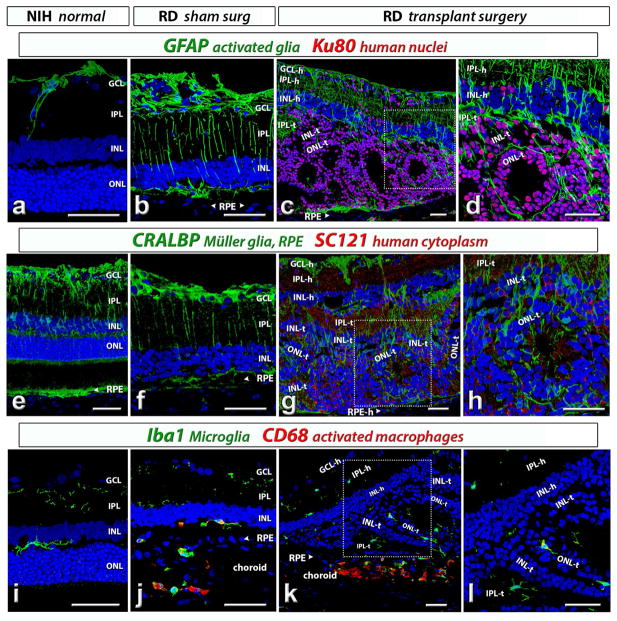Figure 7. Synaptic markers and connectivity in host and transplant.
(a, b, c) Combination of label for synaptophysin (synaptic vesicles, mouse antibody; red), Ku80 (human nuclei, green) with DAPI (nuclei, blue).
(a, b) Laminated transplant in rat #9. Synaptophysin staining of plexiform layers and cone inner segments. The image in (a) is in combination with brightfield and shows donor RPE (RPE-t) in interaction with transplant outer segments. Some transplant cells migrated into the host. (b) is enlargement of (a) without DAPI. (c) Rosetted transplant in rat #11.
(d, e) Combination of SC121 (human cytoplasm, red) and α-Synuclein (rodent amacrine cells and IPL, green) in rat #9. (e) is a tilted image created in Volocity (www.cellularimaging.com) of the boxed area in (d), showing host IPL and transplant interface. Arrow heads point to the possible direct contact of host and transplant processes.
(f, g) Combination of SC121 (human cytoplasm, red), synaptophysin (goat antibody, yellow-gold), α-Synuclein (rodent amacrine cells and IPL, green) and DAPI (nuclei, blue) in rat #13. Strong synaptophysin staining of transplant inner plexiform (IPL-t) and outer plexiform layer (OPL-t). Note the extension of SC121-positive processes into the host IPL (IPL-h). (g) is a tilted image created in Volocity (www.cellularimaging.com) of the boxed area in (f). Arrows point to possible synaptic contacts of host and transplant. Scale bars are 50 μm in (a, d, f) and 20 μm in (b, c, g). 1 unit in (e) equals 40.05 μm, and 60.06 μm in (g). GCL = ganglion cell layer, IPL = inner plexiform layer, INL = inner nuclear layer, OPL = outer plexiform layer, ONL = outer nuclear layer; -h = host, -t = transplant

